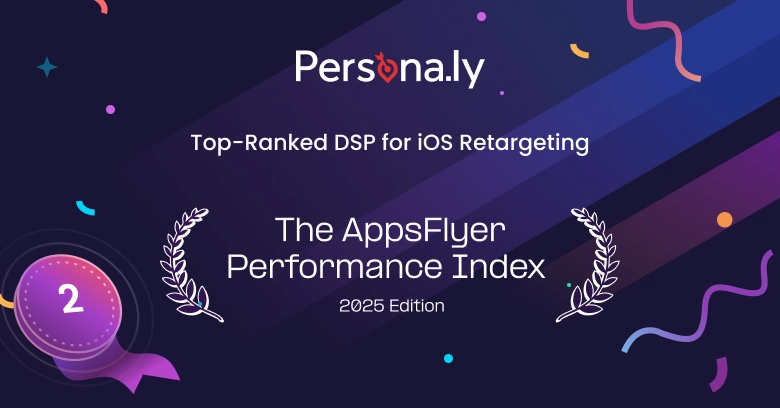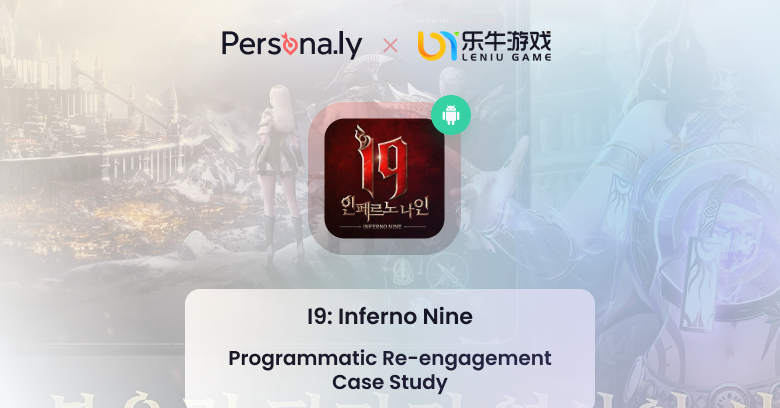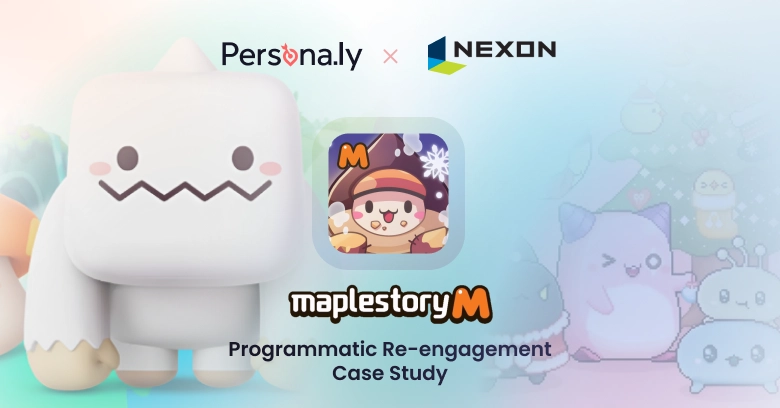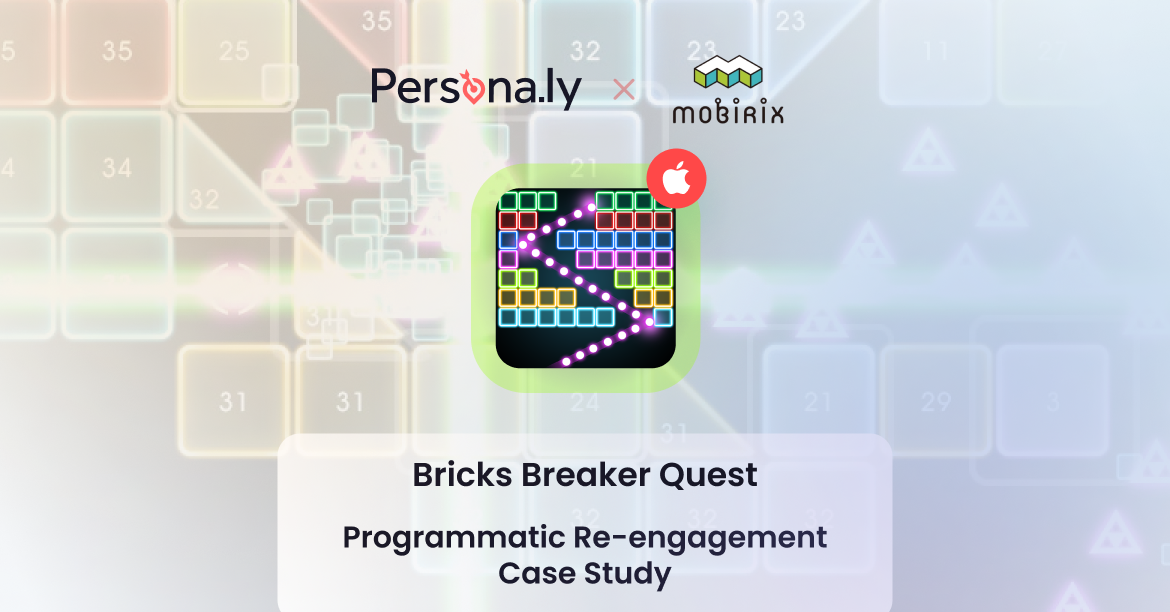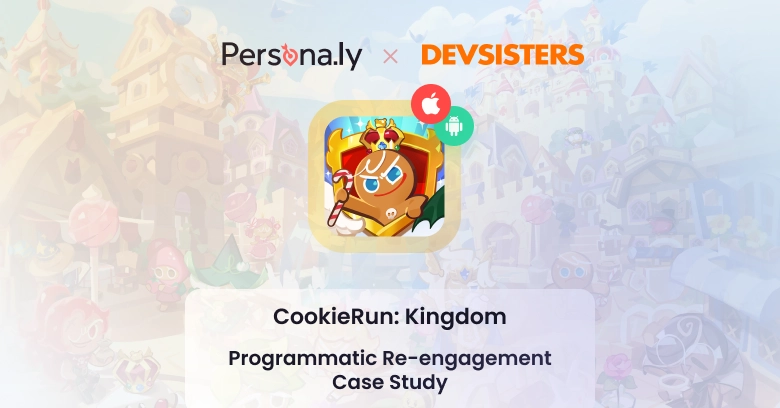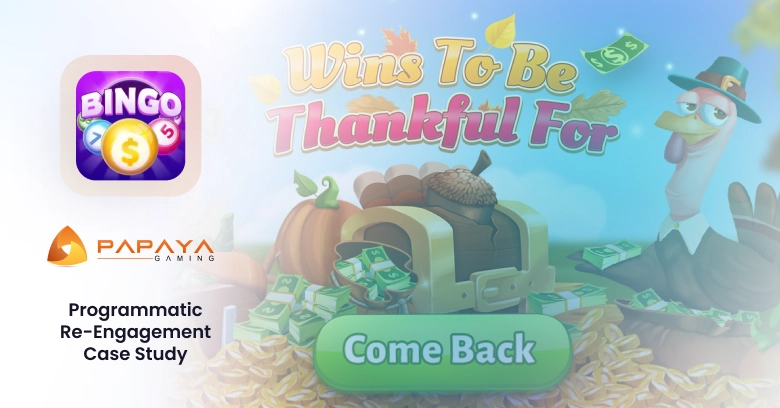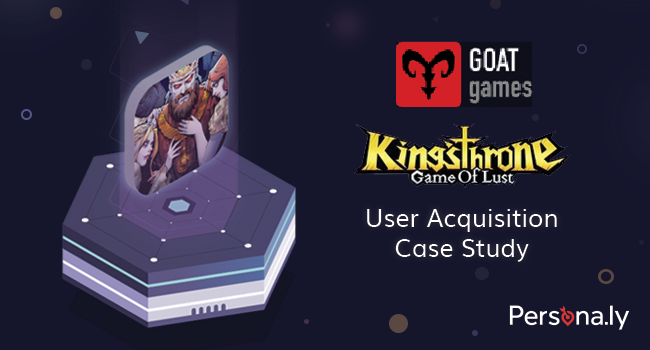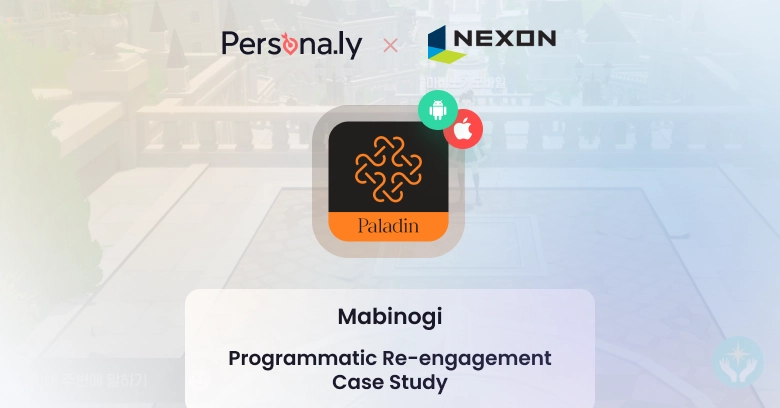
The Move to 5G and Its Influence on Mobile Marketing
What is 5G?
I don’t think a proper introduction is necessary since the subject of 5G has been making headlines for a while now, but I do want to mention the bottom line – 5G promises to deliver a speed that is about 10 times faster than the current 4G capabilities, promising more than 1 Gigabit per second download speeds.
These speeds should serve as a solution for the ever-growing demand for more bandwidth at better speeds. It’s currently estimated that by 2024 about 25% of mobile traffic data will be carried by 5G networks.
Why should the mobile marketing industry care?
The move to 5G will influence anything relating to wireless data, from mobile phones to automated cars, and anything in between. Looking back, the move between each generation led to significant developments enabled by the newly available capabilities.
The latest move, from 3G to 4G, is probably the one most us of remember. This move led to a tiny little change (one of many) – streaming, which not only changed the way we watch TV but the TV industry as a whole. Who would’ve guessed that a company like Amazon will offer streaming services with its own original content?
It’s hard to fully predict what the future holds (I think we can all agree with this statement, especially considering how 2020 has been going) but there are some near-future changes we can predict, especially those concerning mobile marketing.
(Cautiously Predicted) Advantages of 5G in Mobile Marketing
- Enriched creatives – the new (and improved) speed will enable marketers to use higher quality video ads and playable ads. Using 5G, a 10MB ad will load and render much faster than how a 2MB ad currently renders in 4G. Assuming the serving costs will also decrease, this would make the current ad sizes obsolete.
- Enriched multiplayer\online gaming experience – the ability to transfer more data, without compromising quality, means there can be more users sharing the same session, less input lag (or how gamers like to call it – “the bane of all evil”), and improved competitive capabilities.
- Faster download time – with these new download times, app developers can increase the size of their apps – higher fidelity assets and additional optimizations for improved performance.
CTIT and Other Problems
With 5G, and considering not all apps will immediately increase in size, download times can shorten from minutes to a single second or even less. This is, of course, excellent news from the users’ standpoint, but can cause trouble for attribution platforms who are trying to identify fraudulent activity.
I’m referring to CTIT (click to install time), which is a central metric used for identifying install hijacking. Install hijacking is when malware (in the form of a legitimately looking app) is installed on the device. This malware then detects a click (to download another app) and sends the click on its own behalf. This way, the malware is credited for the click, on the attribution platform end, while, in reality, it was hijacked by the malware.
This is why we measure CTIT. Measuring the time between the click to the install helps distinguish the actual clicks from the hijacked ones. When CTIT is short (the benchmark is below 10-30 sec) then the click is suspected to be hijacked, since, in the current G4 environment, download times are significantly longer.
Considering the change in download time in 5G, tracking CTIT could become futile, and MMPs will have to come up with new ways to track and recognize install hijacking.
The Unlikely Possibility of Game Streaming Services for Mobile-Only Games
Cloud gaming, sometimes referred to as gaming on-demand or gaming-as-a-service, is basically like Netflix for games. It’s a streaming service that streams games online instead of downloading them locally. There are a few companies that already offer cloud gaming – Stadia, GeForce Now, and Amazon Luna, are some of the standouts, but none of them have made a considerable impact on the gaming industry, yet.
This could be explained, at least partially, by our current 4G limitations. With the currently limited streaming speeds, it’s still difficult to carry fully-fledged AAA PC titles through streaming without latency and other connectivity problems, but with the promised 5G land, things might look different.
With both mobile devices and infrastructures supporting 5G and affordable data plans (by ISPs), things that currently still seem unattainable or unnecessary can quickly shift to reality.
Maybe (just maybe), in a 5G accessible world, app stores will offer links to game streaming instead of downloading and the mobile marketing world will have changed completely, measuring streaming length as session length, sign-ups instead of installs, and…well, clicks as clicks, because some things never change.
While plausible, keep in mind we won’t bet on this change happening any time soon, (or at all). Even a significant change, as the move from 4G to 5G, isn’t likely to immediately rock the gaming industry. Changes take time, industries shift and move in mysterious ways, and as John F. Kennedy said “The one unchangeable certainty is that nothing is certain or unchangeable.”
